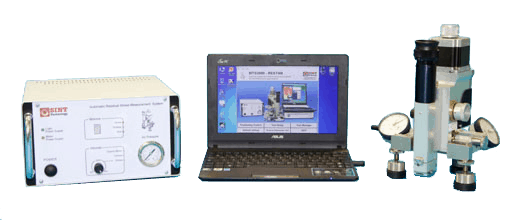The reprocessing software allows the residual stresses in the material to be calculated from the measured strains.
The choice of back calculation method is very important in producing the most accurate representation of the real stress state. Many researchers have contributed, and continue to contribute, to the extensive literature describing the hole drilling method.
Currently, four different back calculation methods exist in the reprocessing software: the Uniform Stress Method according to ASTM E837-13 standard, the Non-Uniform Method according to ASTM E837-01 standard, the Schwarz- Kockelmann’s Method and the Integral Method.

